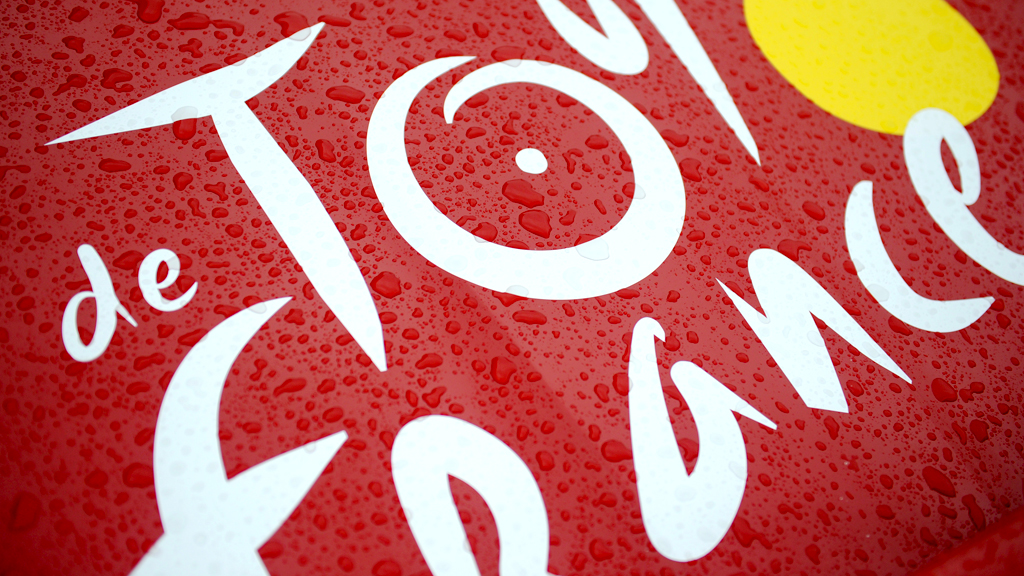Why you should watch the Tour de France
The world’s greatest cycling event comes to Britain this week – and up to 3 million spectators will watch the UK stages. But what else makes the Tour de France such a huge international occasion?

The first two stages of the annual Tour de France unfold in Yorkshire, while the third is a 99-mile (159km) sprint from Cambridge to London.
2014 is not the first time the Tour has crossed over onto these shores. The 2007 race began in London, and the seventies saw an ill-fated stage in the west country, remembered by some as a clash between British bureaucracy and gallic romance.
The UK’s love affair with the Tour has blossomed alongside the country’s growing status as a cycling superpower. The 2013 event was won, for the second year running, by a Brit.
Chris Froome secured the 100th Tour 12 months after Bradley – now Sir Bradley – Wiggins became the first-ever British winner. And last year Mark Cavendish moved to third in the all-time list of Tour de France stage winners.
Different demands
The UK’s three-stage “Grand Depart” is expected to attract up to 3 million spectators, and each of the first three stages will place different demands on the 198 cyclists taking part.
Olympic cycling medallist Chris Boardman calls the Leeds-Harrogate stage “one for the sprinters”, suggesting Mark Cavendish could temporarily secure the yellow jersey for the first time in his career – although Germany’s Marcel Kittel will probably run him close.
The second stage, from York to Sheffield, is 201km and filled with short, steep climbs. Boardman warns that less than 5km from the stage’s end, the sprint teams’ rhythm could be broken up by the small slope on the outskirts of the “Steel City”.
And the final UK stage, 155km of mainly flat road between Cambridge and London’s Mall, should be a sprint-fest.
Once the third stage is completed, the Tour moves back to France. In total, this year’s 21 stages will cover 3,664km, taking in 36 towns and cities and concluding in Paris on 27 July.
Dwarfing its rivals
The football World Cup and the Olympic Games are bigger and more expensive events than the tour, but they only take place once every four years. In terms of yearly sporting occasions, the Tour is significantly bigger than all of its rivals.
The event will be broadcast in 190 countries on almost 100 channels, involving 60 live broadcasters, and 10 stages – including the first three – will be transmitted live in their entirety.
The Tour de France website attracted 30 million unique visitors in 2013, with 110 million pages viewed. Its Twitter account has more than half a million followers, and the Tour’s Facebook page has more than 1,350,000 fans. There have been 1.1 downloads of Tour de France apps.
This year some 4,500 people will be involved in participating in, organising, supporting and promoting the event. That includes 300 support staff for the 198 riders (22 teams of nine riders), 10 emergency doctors, and 2,000 journalists. Nearly 1,500 beds are reserved every day for Tour organisers and sports teams.
The anticipated 3 million who will watch UK stages in person are likely to be dwarfed by the attendance for the entire event. In 2013 there were an estimated 12 million spectators, of whom 63 per cent were male and 55 per cent under 50 years old. 20 per cent of spectators came from outside France.
And watching the cyclists is a sociable event. 93 per cent of people came in groups of four to five people, spending an average six and a half hours on the roadside.
-
Latest news
-
‘Russian aggressions have never pushed Georgia to deviate from its own path’, says Georgian President5m

-
Why is Georgia’s ruling party so intent on adopting ‘foreign influence’ bill?5m

-
Trump’s lawyers try to paint Michael Cohen as liar out for revenge at trial3m

-
England’s schools told not teach gender identity2m

-
Slovakia PM shooting: Suspect charged with attempted murder3m

-




